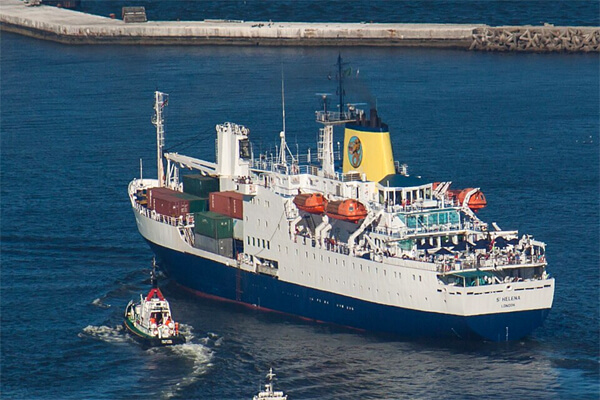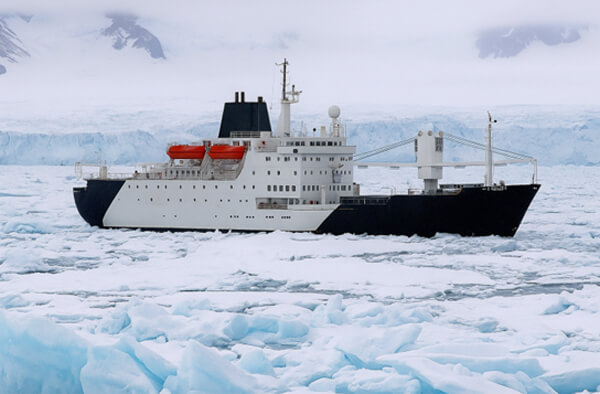[By MARAD]
U.S. Transportation Secretary Sean P. Duffy today announced the Maritime Administration (MARAD) awarded $8.75 million in grants to revitalize U.S. shipyards and advance America’s maritime dominance. The funding is part of the Small Shipyard Grant program, which supports advanced training, workforce development, and new technologies that strengthen U.S. shipbuilding and repair capabilities.
“President Trump’s plan to reclaim maritime dominance starts with rebuilding America’s shipyards,” said U.S. Transportation Secretary Sean P. Duffy. “This program will help America to build big, beautiful ships again to counter Chinese competition and maintain freedom on the seas.”
“Unleashing the full power of America's shipyards will boost our economic strength and national security,” said Acting Maritime Administrator Sang Yi. “The Small Shipyard Grant program is revitalizing America’s maritime industry by investing in businesses that spur innovation, improve productivity, and fuel job creation in communities around the country.”
Since its inception in 2008, the Small Shipyard Grant program has awarded 382 grants totaling $320.5 million to qualified small shipyard facilities. 17 recipients in 12 states were awarded funds as part of this announcement.
Additional Information:
America’s small shipyards are a strategic asset and are critical to national security and economic vitality. Employing more than 100,000 Americans, these shipyards are fundamental engines of local job growth and have unique capabilities, from custom vessel development to specialized repair services. Through President Trump’s Executive Order on restoring America’s maritime dominance, shipyards are positioned to enhance defense, grow manufacturing, and expand innovation and the maritime workforce.
Below is a complete list of shipyard grant recipients in Fiscal Year 2025:
Alabama
Master Boat Builders of Bayou La Bâtre, AL, will receive $427,596.38 to support the procurement and integration of training equipment and technologies.
Alaska
Resolve Marine, Inc., of Dutch Harbor, AK, will receive $447,341.00 to support the purchase of a Caterpillar 980 Wheel Loader.
California
Marine Group Boat Works, LLC of Chula Vista, CA, will receive $248,402.50 to support the purchase of a Flow Mach 500 Waterjet Metal Cutting Table.
Bay Ship & Yacht Co. of Alameda, CA, will receive $388,777.00 to support the purchase of a CNC plasma arc and gas cutting equipment.
Florida
Eastern Shipbuilding Group, Inc., of Panama City, FL, will receive $93,537.75 to support the purchase of a 10-foot plate shear.
St. Johns Ship Building, Inc., of Palatka, FL, will receive $617,040.00 to support the purchase of a Grove GRT8100 110-ton Rough Terrain Crane.
Kentucky
JamesBuilt, LLC of Calvert City, KY, will receive $599,130.00 to support the purchase of a 65-ton rough terrain crane.
Louisiana
Breaux’s Bay Craft, Inc., of New Iberia, LA, will receive $817,150.00 to support the purchase of a 200-ton Marine Travelift.
PAR61 Marine Repair of Port Allen, LA, will receive $723,242.00 to support Travelift infrastructure improvements, three new power distribution panels, a Telehandler, and a Crane Apron.
Maryland
Chesapeake Shipbuilding Corp., of Salisbury MD, will receive $817,150.00 to support the purchase of a 160-ton rough terrain mobile crane.
Pennsylvania
Heartland Fabrication, LLC of Brownsville, PA, will receive $588,092.00 to support the purchase of a Koike Aronson PlatePro XHD Model 3700 Plasma cutting machine.
Rhode Island
J. Goodison Company of North Kingston, RI, will receive $274,596.00 to support the purchase of welding equipment and a press brake.
Texas
Conrad Orange Shipyard, Inc., of Orange, TX, will receive $418,200.50 to support the purchase of a CNC plasma cutting system.
Washington
Ice Floe, LLC dba Nichols Brothers Boat Builders of Freeland, WA, will receive $357,317.00 to support the purchase of a CNC Router Table, CNC Laser Table, Dust Collector, Dehumidifier, and 15 multi-process welders with wire feeds.
Snow & Company, Inc. of Seattle, WA, will receive $817,150.00 to support the purchase of a CNC Press Brake with segmented dies and Deburring Machine.
Lake Union Drydock Company of Seattle, WA, will receive $298,131.64 to support the purchase of a 9-ton Mobile Crane, 4-pack of weld machines, plate cutter, and drydock LED lighting.
Wisconsin
Fraser Shipyards, LLC of Superior, WI, will receive $817,146.23 to support the purchase of Link Belt 130-ton Telescopic Boom Rough Terrain Crane

